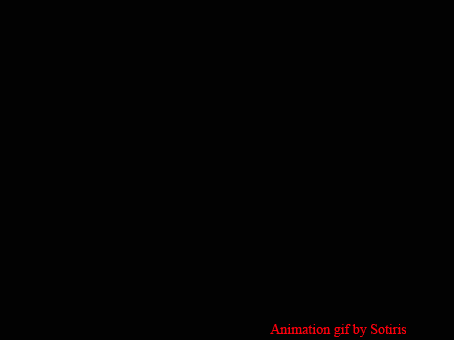
INFO:
Name: Boattini (C/2007 W1)
Object type: Comet
Constellation name: Hydra
Constellation common name: The Sea Serpent
Constellation possessive form: Hydrae
Azimuth: 152.48
Altitude: 24.16
Ecliptic longitude: 2.92
Ecliptic latitude: -0.53
Galactic longitude: 263.51
Galactic latitude: 28.60
Distance from observer: 0.357839813 au
Distance from Sun: 1.202487104 au
Radius: 9999 meters
Apparent magnitude: 8.06
Orbit size: 0.8496 au
Angular size: 0.077 arcseconds
Disk illumination: 82%
Planet oblateness: 0.00
Mass: 7.37e+014 Kilograms
Max magnitude from Earth: 9.50
Description:
Boattini (C/2007 W1) is a comet, a large ball of ice (primarily water, methane, ammonia or carbon dioxide) and rock. Most comets are hidden from our eyes, far from the center of the Solar System in one of two reservoirs: the Kuiper belt or the Oort Cloud. The Kuiper belt lies outside the orbit of Neptune, at a distance from the Sun of 30 AU to 100 AU, and contains an estimated 35 000 objects with diameters greater than 100 km. The first Kuiper belt object was detected in 1992. Most periodic comets, such as Halley’s Comet, come from the Kuiper belt. The Oort Cloud is much farther away, up to 50 000 AU from the Sun. There are likely billions of comets in the Oort Cloud, but they are too far away for us to directly detect. The Oort Cloud is the source of ‘non-periodic’ comets. These comets are actually periodic, but their orbital period may be more than one million years! Occasionally, a comet is deflected into a new orbit that takes it close to the Sun, and it becomes visible to observers on Earth. The closer the comet gets to the Sun, the brighter it becomes. The Sun’s heat vaporizes the comet’s ice, and the solar wind blows the vaporized gas and dust into tails that can be more than 100 km in length. Comets have 2 tails - one gas, one dust. The gas tail is straight and points directly away from the Sun, while the dust tail can be curved. The gas tail is usually longer. Comets lose up to 1% of their ice on each trip around the Sun. If the Earth’s orbit passes through this comet debris, a meteor shower takes place. It is always an exciting surprise when a new bright comet is discovered. In the past, most comets were discovered by (and named after) amateur astronomers, but now the Lincoln Near Earth Asteroid Research project finds most new comets. This project was set up to detect near-earth asteroids that may threaten Earth. Comets detected by this project bear the name LINEAR.





